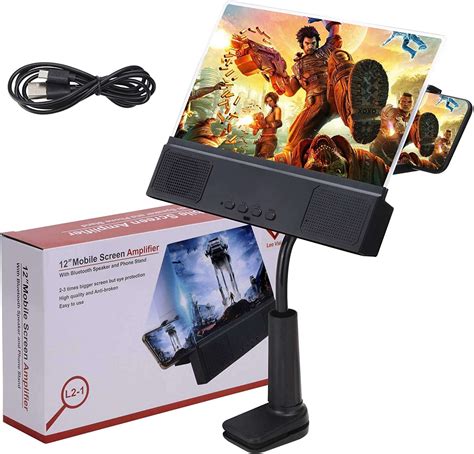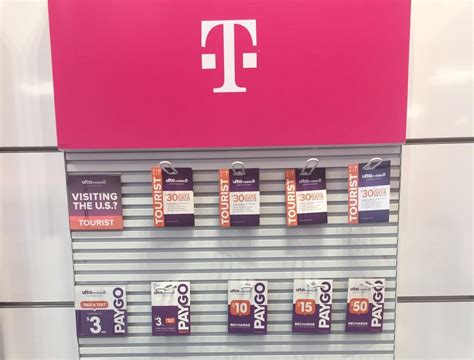Retro Mobile Phones Revival
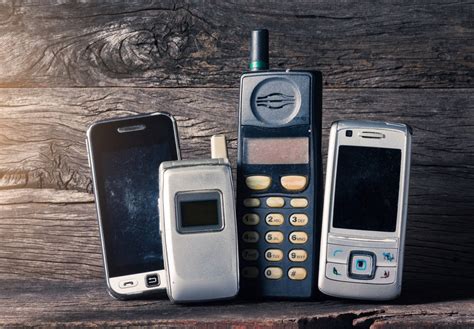
The world of mobile phones has undergone significant transformations over the years, with advancements in technology leading to sleeker, more powerful, and feature-rich devices. However, amidst the proliferation of smartphones, a nostalgic trend has emerged: the revival of retro mobile phones. This phenomenon has seen a surge in interest among consumers who crave the simplicity, durability, and aesthetic appeal of older models. As a result, manufacturers have begun to revisit and reimagine classic designs, blending vintage charm with modern functionality.
Key Points
- The resurgence of retro mobile phones is driven by consumer nostalgia and a desire for simplicity.
- Manufacturers are re-releasing classic models with updated features, such as 4G connectivity and improved cameras.
- Retro phones offer a unique aesthetic appeal, with designs that evoke a sense of nostalgia and nostalgia-driven fashion.
- The revival of retro mobile phones also raises questions about sustainability and the environmental impact of the tech industry.
- As the market continues to evolve, it will be interesting to see how manufacturers balance nostalgia with innovation and consumer demand.
The Nostalgia Factor: Why Retro Mobile Phones Are Making a Comeback
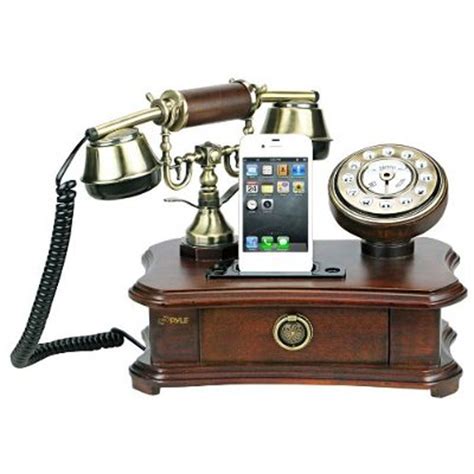
The nostalgia surrounding retro mobile phones is undeniable. For many, these devices evoke memories of a bygone era, when life was simpler, and technology was less invasive. The iconic designs of older models, such as the Nokia 3310 or the Motorola RAZR, have become ingrained in popular culture, symbolizing a time when mobile phones were primarily used for making calls and sending texts. As a result, consumers are seeking out these retro models, either as a novelty or as a way to disconnect from the complexities of modern smartphones.
Design Revival: How Manufacturers Are Updating Classic Models
In response to the growing demand for retro mobile phones, manufacturers have begun to re-release classic models with updated features. For example, the Nokia 3310 was re-released in 2017 with a modern twist, featuring a color screen, 4G connectivity, and a camera. Similarly, the Motorola RAZR has been revamped with a sleek, folding design that pays homage to its predecessor while incorporating cutting-edge technology. These updated models offer consumers the best of both worlds: the nostalgic appeal of retro designs combined with the functionality of modern smartphones.
| Model | Original Release Year | Re-Release Year | Updated Features |
|---|---|---|---|
| Nokia 3310 | 2000 | 2017 | Color screen, 4G connectivity, camera |
| Motorola RAZR | 2004 | 2020 | Folding design, 4G connectivity, improved camera |
| Samsung Galaxy Folder | 2015 | 2020 | Improved camera, 4G connectivity, Android operating system |
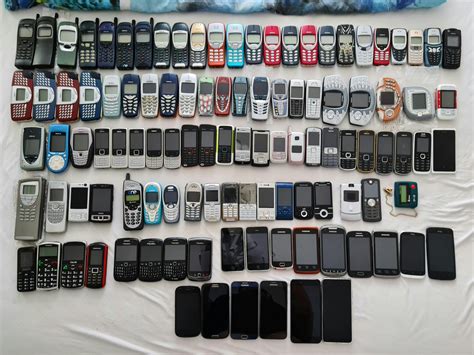
Sustainability and the Environmental Impact of Retro Mobile Phones

The resurgence of retro mobile phones has sparked debates about the environmental implications of the tech industry. With the constant influx of new devices and the resulting electronic waste, the revival of retro models raises questions about sustainability and the role of nostalgia in driving consumer demand. As manufacturers continue to produce and re-release classic designs, it is essential to consider the environmental impact of these devices and the ways in which they can be designed and produced to minimize waste and reduce their carbon footprint.
The Future of Retro Mobile Phones: Balancing Nostalgia with Innovation
As the market continues to evolve, it will be interesting to see how manufacturers balance nostalgia with innovation and consumer demand. The revival of retro mobile phones presents an opportunity for manufacturers to rethink their design approach, incorporating sustainable materials and production methods while still catering to the desire for simplicity and nostalgia. By embracing this trend, manufacturers can create devices that not only appeal to consumers’ sense of nostalgia but also contribute to a more sustainable future for the tech industry.
What is driving the resurgence of retro mobile phones?
+The resurgence of retro mobile phones is driven by consumer nostalgia and a desire for simplicity. Many consumers are seeking out older models as a way to disconnect from the complexities of modern smartphones and revisit a simpler time.
How are manufacturers updating classic models?
+Manufacturers are re-releasing classic models with updated features, such as 4G connectivity, improved cameras, and modern operating systems. These updated models offer consumers the best of both worlds: the nostalgic appeal of retro designs combined with the functionality of modern smartphones.
What are the environmental implications of the retro mobile phone trend?
+The revival of retro mobile phones raises important questions about sustainability and the environmental impact of the tech industry. As consumers, we must consider the consequences of our purchasing decisions and the role that nostalgia plays in driving demand for these devices.
In conclusion, the revival of retro mobile phones is a complex phenomenon driven by consumer nostalgia, a desire for simplicity, and the enduring appeal of classic designs. As manufacturers continue to produce and re-release these devices, it is essential to consider the environmental implications of this trend and the ways in which it can be balanced with innovation and sustainability. By embracing this trend and rethinking their design approach, manufacturers can create devices that not only appeal to consumers’ sense of nostalgia but also contribute to a more sustainable future for the tech industry.
